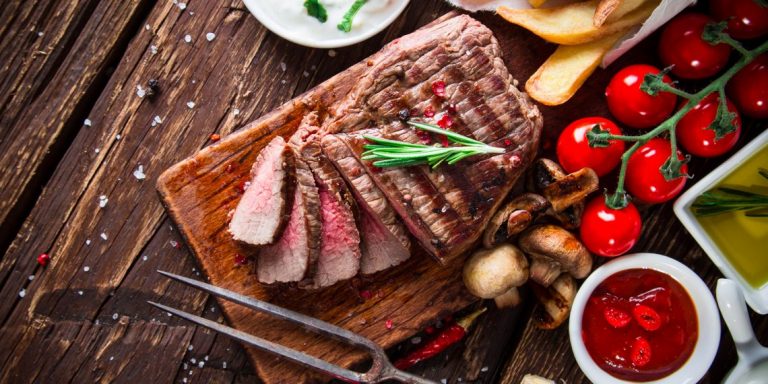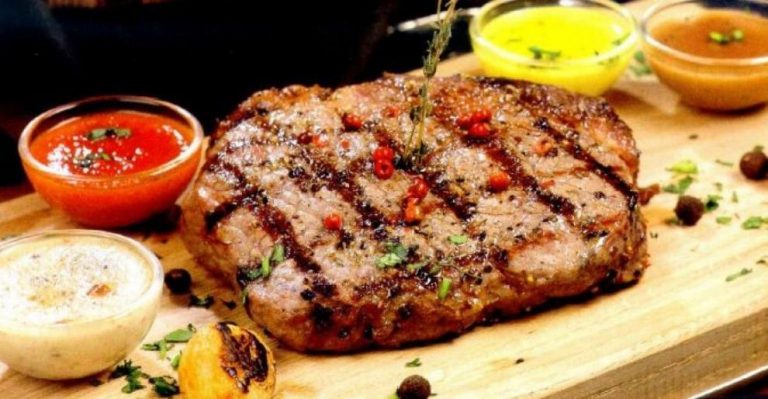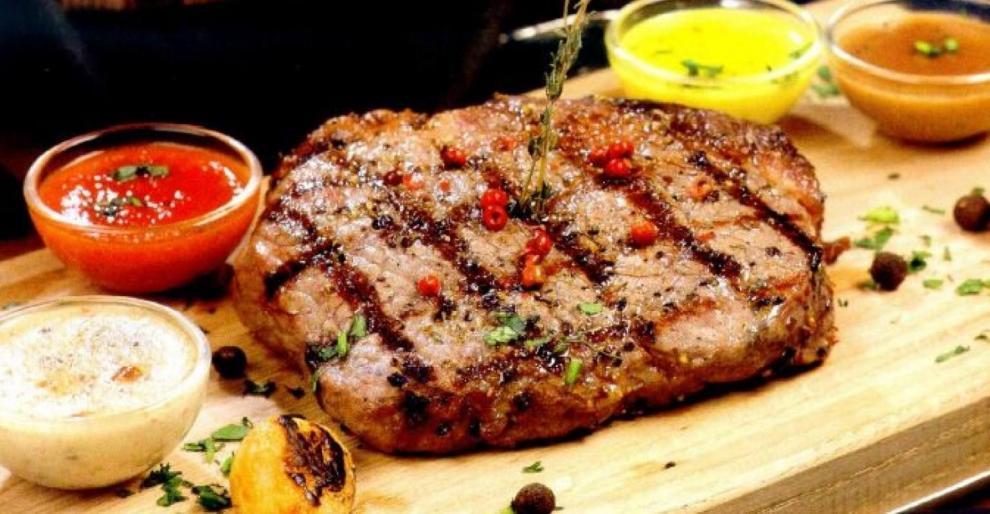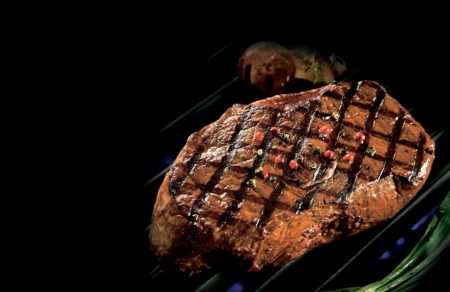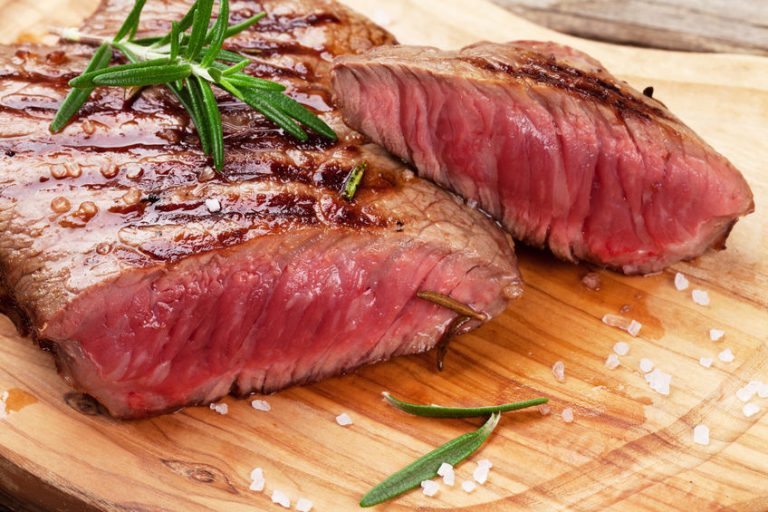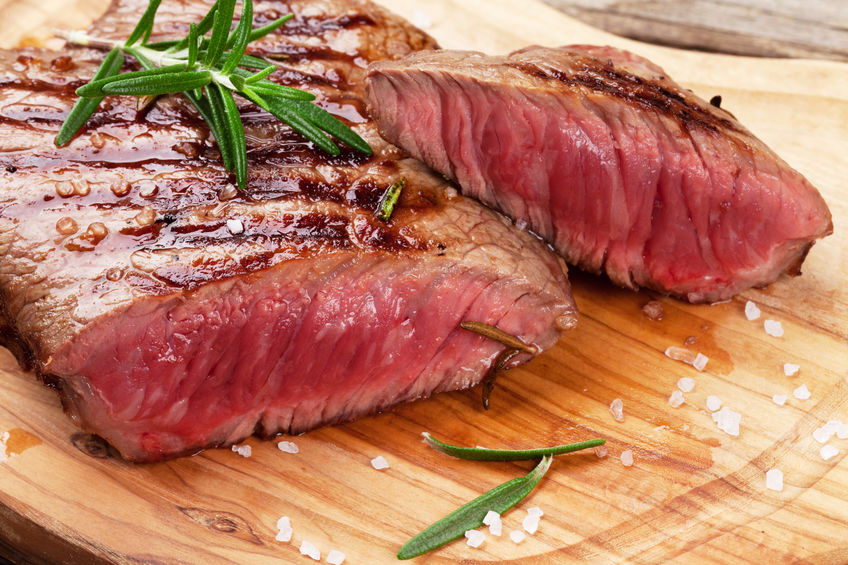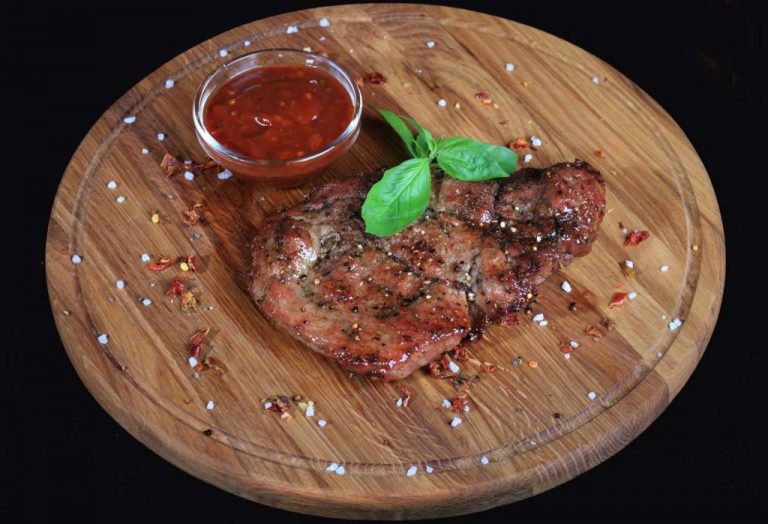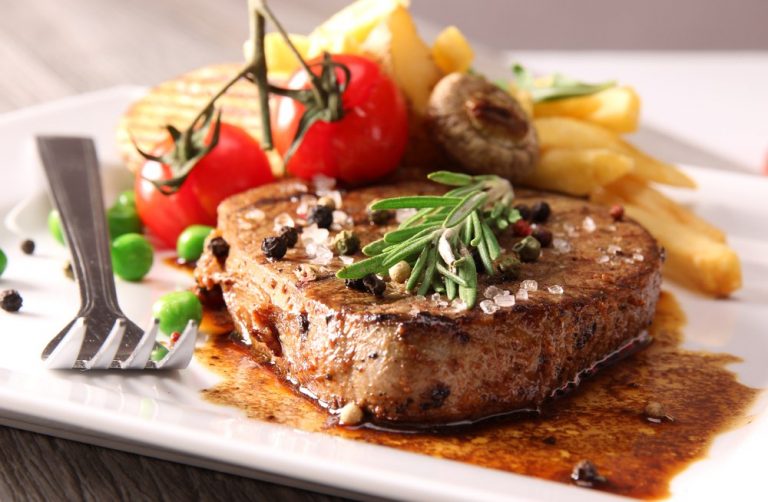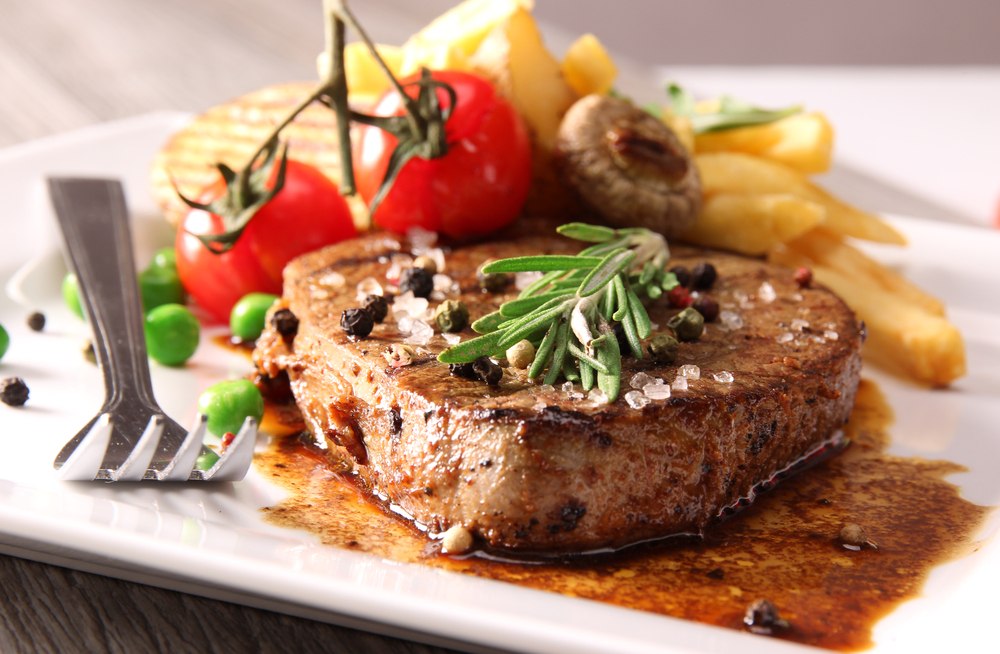Creating the perfect steak is more challenging than just choosing a stove to cook your food until it’s cooked! Here are some practical tips to help you with this task:
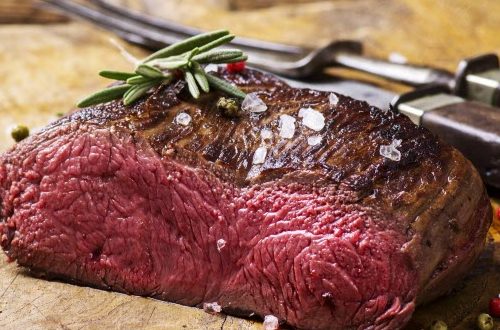
- The right choice of meat. For flavor and tenderness combined, Ribeye is considered one of the best cuts. A high degree of marbling, which means juiciness, allows you to cook a steak quickly and easily. Inspect the piece before you start cooking. A large number of veins allows you to cook meat without losing juiciness. Even with a great desire and ability to cook the perfect steak from low-quality beef, it will not work;
- The use of marinades. Good beef for a steak is expensive (from 2,000 rubles per piece), you can buy more affordable tenderloins and then use various marinades to improve the taste. The meat, of course, will not become expensive, but it will be softer and juicier;
- Grill beef should be at room temperature. Before you start frying the steak, remove the meat from the refrigerator, leave it at room conditions for a couple of hours. After such a rest, the pieces will be evenly fried, the texture and color of the finished product will be uniform;
- Steak thickness. The thickness of a classic piece of beef for a steak is 3-4 centimeters. Minions are cut 5-7 centimeters thick and the width of the piece is made smaller;
- Oil use. The oil is applied in a thin layer on both sides. The need to use the product is that when frying, the oil burns out, and a golden crust forms on the piece, which holds all the meat juices of the steak. It is not recommended to use cold-pressed oil, the taste and aroma are too pronounced;
- The use of spices. The perfect grilled steak does not require a large amount and variety of spices, just freshly ground black pepper and salt is enough. Grilled marbled beef will be great without adding unnecessary ingredients. The real taste of the meat is lost when the steaks are seasoned with a lot of aromatic herbs. Never pre-salt the meat you are going to fry. The salt will draw out all the juices and the finished product will be dry and tough;
- Fire. A delicious steak requires good grill heat. The coals are distributed evenly so that the temperature on the surface of the grate is uniform. A small fire will not hurt, it will quickly fry the meat on top, while it will not be completely fried inside;
- Don’t turn the steak. For a deliciously tasty meal, don’t flip the piece too often. Constant fussing on the grate will not give a beautiful trellis pattern, the spices will be burnt;
- The degree of doneness of the steak. From what kind of meat is preferred, so much it is necessary to fry it on fire. With a crust and red cold meat inside, the dish is cooked for 1-2 minutes on each side (the meat should cool down under the foil for nine minutes after cooking). The steak is cooked with blood for 2-3 minutes (cools down for 8 minutes). A more fried piece with less blood is fried for 3-4 minutes (cools down for 7 minutes). To get pink meat cut and blood inside the piece, grill it for about 4-5 minutes, then let it brew for six minutes. After frying the meat for 6 or 7 minutes on each side, you will get a baked gray-brown steak, as a rule, this roasting makes the meat dryish. The need to cool the steak after frying is necessary to distribute the temperature and juiciness inside the piece;
- Serving to the table. Steaks are best served with vegetables and herbs, this combination will emphasize the tenderness of the meat and give it spicy notes. Red wine perfectly sets off the unique taste of grilled beef.
Not everyone succeeds in cooking the right and perfect steak the first time; a little practice and patience will fix this defect with ease. Cook, use the proven advice of professionals, enjoy delicious and aromatic steaks, cooked with your own hands!

